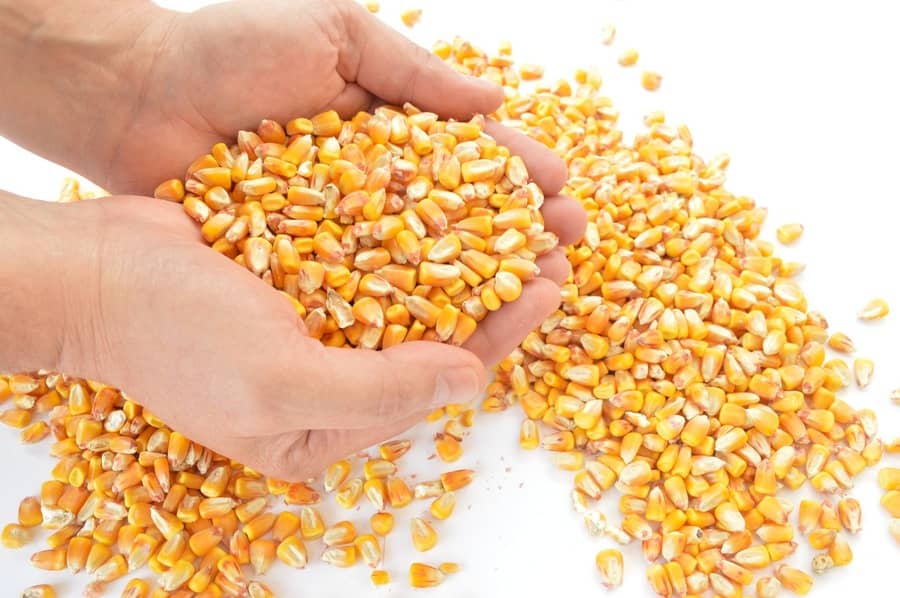Porto Alegre, May 4, 2021 – After the summer crop production losses and irreversible losses of the 2021 second crop, some adjustments need to be assessed by the domestic market for the 21/22 season. Despite very high internal and external prices, we see no sign of retraction in the domestic demand in Brazil. Perhaps this may still happen, but it is far from evidence. Then, the domestic market will need to adjust its position of stocks for 2002 with a cut in exports. Of course, buying back export positions and/or maintaining domestic prices above port levels seems to be an alternative to contain supply within the Brazilian market and avoid problems similar to the current ones for 2022.
Domestic corn prices remain very firm. There is no doubt that a second crop with normal planting progress and normal climate could already be reassuring the internal supply for June and July. However, this is not the picture, and it is not good for any player. A crop with losses in a year of high prices is terrible for growers, and a discreet supply is also troublesome for consumers. Crop losses are underway, and we still have 45 days to define the framework.
The effect of the losses already confirmed is reflected in a necessary adjustment in this year’s exports. So far, there has been no sign that domestic demand is retreating, despite the adjustment of costs for consumer sectors. Therefore, it cannot be said that prices will fall due to a cut in demand in any of the domestic segments.
Moreover, the private sector has still not been able to establish corn imports as a fundamental variable to settle down domestic prices. We will be absorbing the maximum supply from Paraguay, which has had a good second crop so far, but there are no volumes yet purchased in Argentina. Argentina already has an additional demand due to the news on Brazilian production losses. The risk for the second half of the year is that Argentina may not have a supply to sell to Brazil and/or block sales, as it did recently with beef. So far, Argentine corn was only imported by Rio Grande do Sul, with 30 thousand tons for May/June. It is too little to settle down the market.
The internal supply of the second semester is not compromised at all, even with the second crop losses. And, as of the end of July, nearly 70 million tons reach the domestic market. An adjustment of domestic prices in relation to port levels seems natural. Even if the second crop losses worsen in May, there will still be regional harvests of the second crop. Well, then, the question of supply is a demand key, that is, exports. We were working at the same pace as in 2020, that is, close to 35 million tons. Now, with a smaller second crop, we are reducing the projection to 27 million tons.
Can export sales repeat 2020? Yes, they can, as long the domestic market allows domestic prices to make the port mathematics feasible, today at BRL 83/84 for August/September. The desire to aggressively bring down corn prices at harvest can lead to a renewed export flow and compromise carryover stocks. If there is a sharper decline in the second crop, exports must be narrowed even further, with trading companies driving volumes to domestic demand rather than to exports. So, the mission of the domestic market going forward is to control the export flow. For that, it will need to absorb lots from trading companies that would be bound for the international market.
Agência SAFRAS Latam
Copyright 2021 – Grupo CMA

